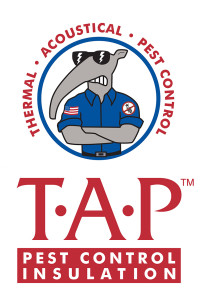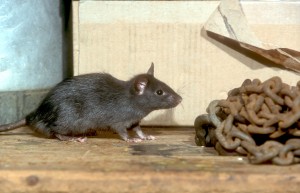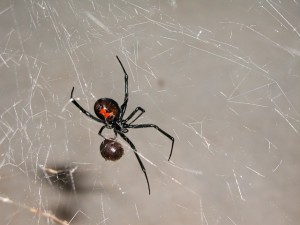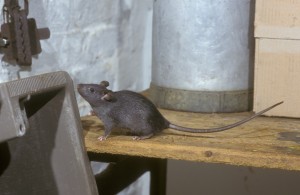In our Sacramento region, rats often move into your home or place of business without you even knowing it, according to the experts of the University of California Integrated Pest Management program. “People don’t often see rats, but signs of their presence are easy to detect,” according to the UC IPM Rat Management Guidelines.
In our professional experience, home- and business owners all too often do realize they have a rat problem, usually when they hear noises from overhead and sometimes after extensive damage to their property has already been done.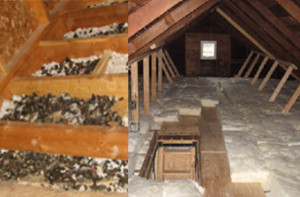
In our pest control region, two types of rats are predominant, the Norway rat and the roof rat, and the one we receive the most calls about is the roof rat. Roof rats love the fruits, nuts and berries that grow in many of our Northern California yards. “When feeding on a mature orange, they make a small hole through which they completely remove the contents of the fruit, leaving only the hollowed-out rind hanging on the tree,” according to the UC IPM program. “They’ll often eat the rind of a lemon, leaving the flesh of the sour fruit still hanging.”
If only they stayed out of doors. Roof rats do not like to nest at ground level; rather they prefer to be off the ground, in overgrown bushes or trees, or, if they can find a way to get in, the attics of our homes and commercial buildings. They get into our attics by means of the trees and foliage in our yards, drain spouts, pergolas, then as their name implies, onto our roofs and into any tiny opening they can find into our attics. As the weather grows cooler and wetter with fall, roof rats are more and more likely to seek shelter indoors.
Once inside, the damage they can do is extensive. In addition to contaminating and spoiling any people food or pet food they may have access to, they gnaw on nearly anything, including electrical and telephone wiring, wooden doors and woodwork, and drywall, and they shred insulation for use as nesting material. The number of litters they have annually varies with food supply and conditions, but UC says they generally have three to five liters per year, with five to eight rat “pups” per litter.
The danger goes beyond electrical fire danger and property damage. All rats, including our local roof rats, are known carriers of typhus, leptospirosis, salmonellosis (food poisoning), ratbite fever, and even plague.
Controlling rats involves a three-pronged approach: elimination of the existing rats; repair and sanitation of the environment; and sealing off any points of entry into your structure. We at Pinnacle have recently expanded our menu rodent control services: We have always offered our customers a money-back guarantee to remove rats from their premises—but too often, a lot of damage was already done. Now we can take the additional steps of cleaning your attic and removing any rat waste, food hoards, and nesting material; repairing structural damage and sealing all points of entry; and reinsulating your attic with an environmentally friendly insulation product. By the time we leave, the rats are gone, and your attic is restored to its original clean and secure condition.
Have you laid awake at night, as many of our customers have, listening to the scrabble of feet overhead? We’d love the opportunity tell you more about our rat remediation services. We can promise you a better night’s sleep.

